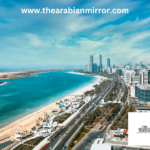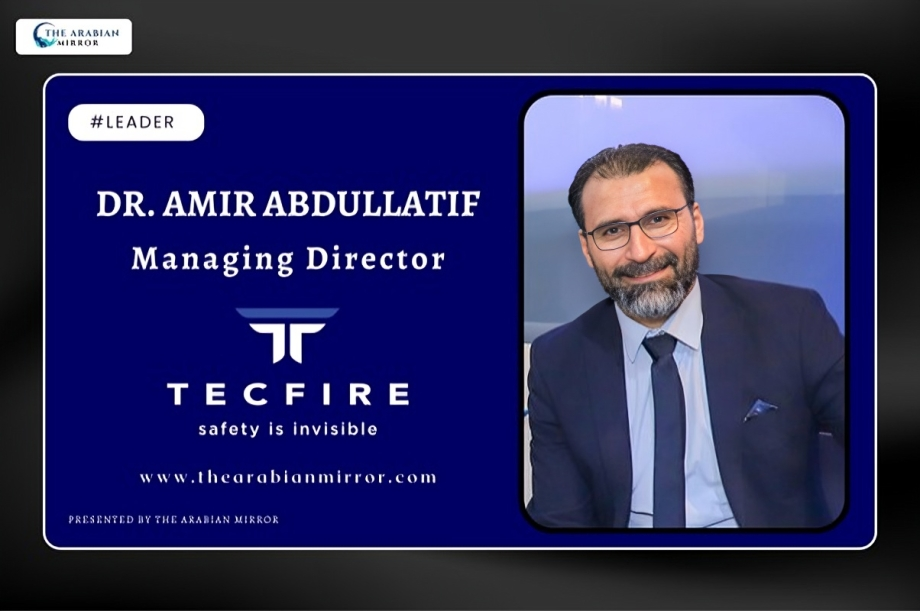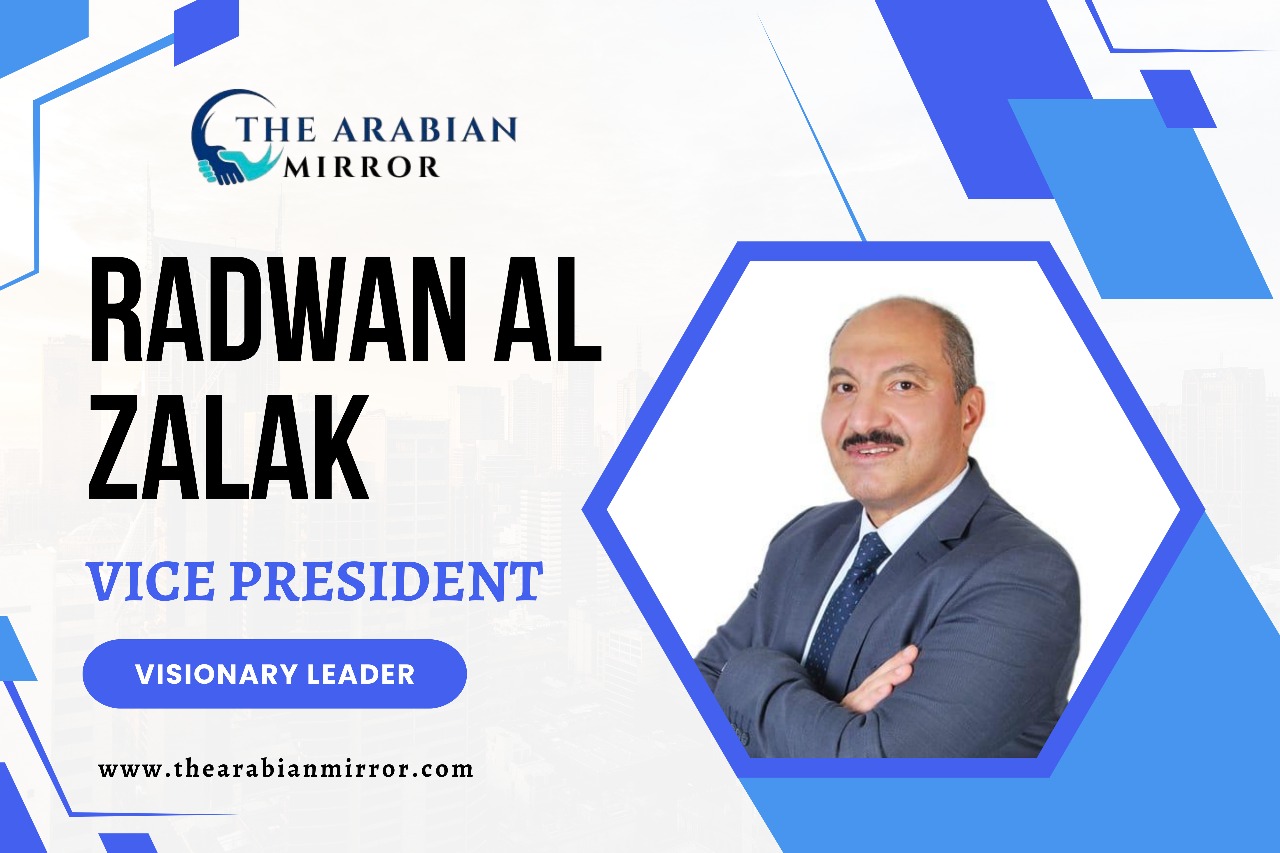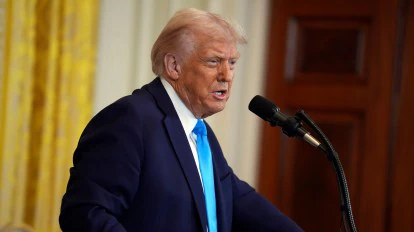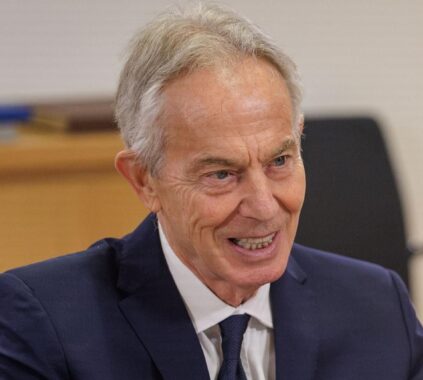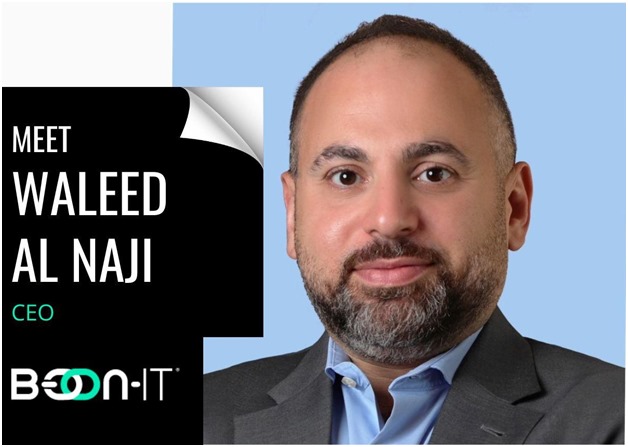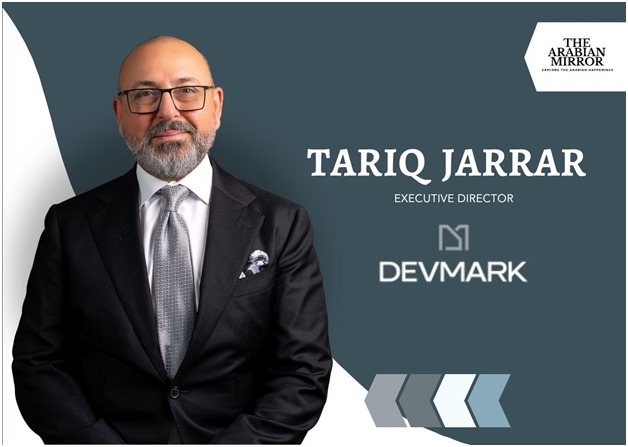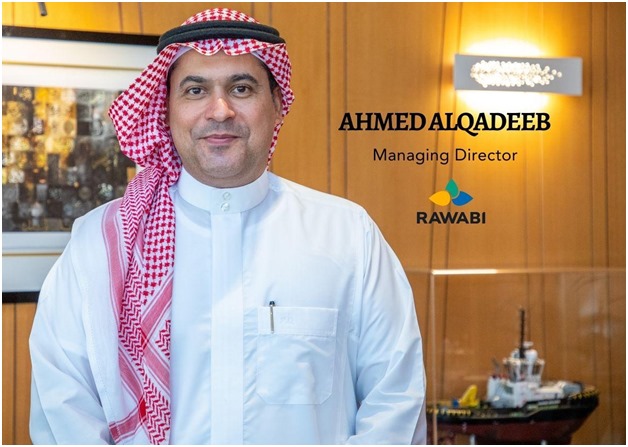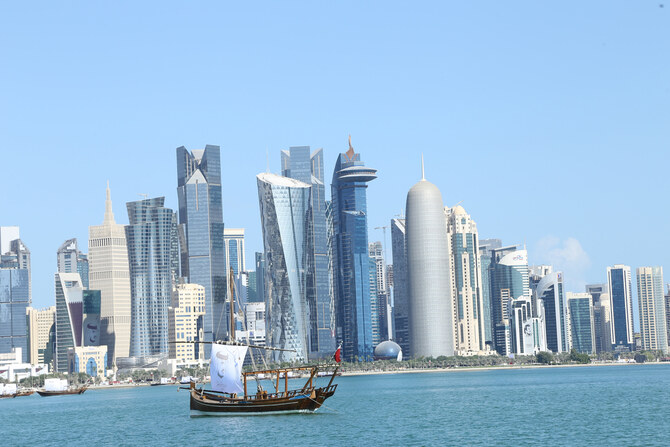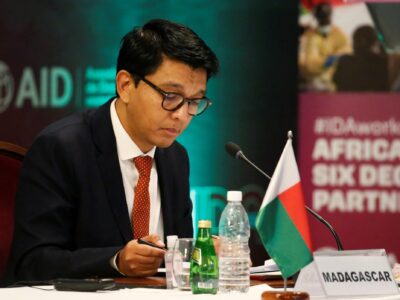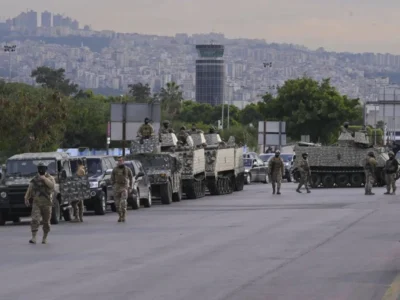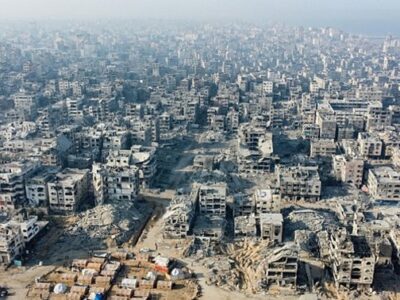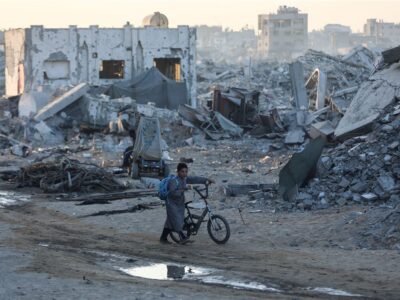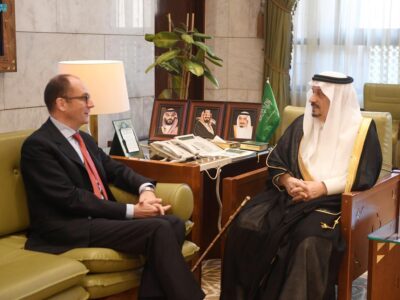Over a decade ago, in October 2013, a Wizz Air A320 from Budapest marked a historic moment as the first commercial passenger flight to land at Al Maktoum International Airport, also known as Dubai World Central (DWC). Positioned as a future global aviation giant, DWC was envisioned as the world’s largest and busiest airport. However, a decade and a pandemic later, the reality of this ambitious project is still unfolding. This article delves into the evolution, challenges, and future prospects of Dubai’s quest to build the biggest airport in the world.
Setting the Stage: DWC’s Visionary Blueprint:
Designed as a “greenfield” airport located 20 miles southwest of downtown Dubai, Al Maktoum International Airport aimed to secure Dubai’s role as a major hub in the global economy. The vision included a futuristic mega-hub capable of accommodating over 160 million passengers and handling 12 million tonnes of freight annually.
Current Status and Role of DWC:
As of now, DWC is a work in progress. While it has found a niche as a center for aircraft maintenance, repair, and overhaul (MRO), and hosts various air cargo operators, scheduled passenger services remain limited. Low-cost carriers primarily operate flights to Eastern Europe, Russia, and Central Asia. Despite its evolution, DWC is yet to fully realize its intended role as the world’s largest airport.
Recent Developments and Dubai Air Show Insights:
The Dubai Air Show in 2023 provided insights into Dubai Airports’ long-term strategy. Paul Griffiths, CEO of Dubai Airports, emphasized prioritizing expansion and investments at Dubai International (DXB) before fully realizing DWC’s potential. The focus is on maximizing DXB’s current capacity through technological innovations and space refurbishments, adding an additional 20 million passengers to the current annual capacity of 100 million.
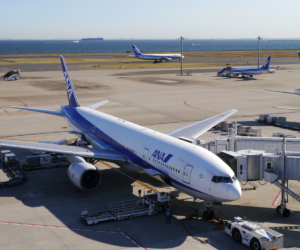
The Road Ahead: Phased Expansion and Innovative Designs:
While a confirmed timeline for DWC’s completion remains elusive, Griffiths hinted at a modular approach to expansion, possibly extending into the 2050s. He emphasized a departure from traditional airport models, envisioning a more intimate and streamlined experience for passengers. Designs are already in progress for the mega-airport, with a shift towards an aerotropolis at the heart of Dubai South, a vast district conceptualized as a new city in the desert.
Emirates’ Role and Strategic Realignment:
A pivotal moment in DWC’s journey will be the relocation of Emirates and flyDubai from Dubai International to the new airport. This strategic realignment reflects a response to global air travel and trade dynamics, positioning Dubai as a key player in the evolving aviation landscape.
Regional Dynamics and Competition:
Dubai’s pursuit of DWC as a mega-hub is not an isolated endeavor. The broader region is witnessing a race to invest in large-scale airport facilities. Competing airports in Qatar, Oman, Bahrain, and Abu Dhabi have embarked on expansion projects, reflecting the strategic importance of becoming international trade centers and tourist destinations.
Saudi Arabia’s Massive Airport Expansion:
Saudi Arabia, aligning with its 2030 Vision, is investing $100 billion in air connectivity to elevate the kingdom as a top tourist destination. Riyadh is set to unveil a new six-runway airport with a staggering capacity of 185 million passengers per year, underscoring the high stakes in the race for global airport supremacy.
Conclusion: The Ever-Evolving Quest:
As Dubai navigates the complexities of realizing its dream for the world’s largest airport, the journey unfolds with challenges, innovations, and strategic realignments. The completion of DWC, coupled with the relocation of aviation giants, promises not just a logistical marvel but a redefined aviation experience. In the competitive landscape of global airports, Dubai’s ambitions reach beyond mere statistics – they embody a commitment to shaping the future of air travel.
Also Read
“Saudi Arabia Advances, Oman Secures Semifinal Berth: Excitement Builds in Tournament”
“Saudi Arabia’s Emerging Role in the Post-Gaza Peace Landscape”-1



